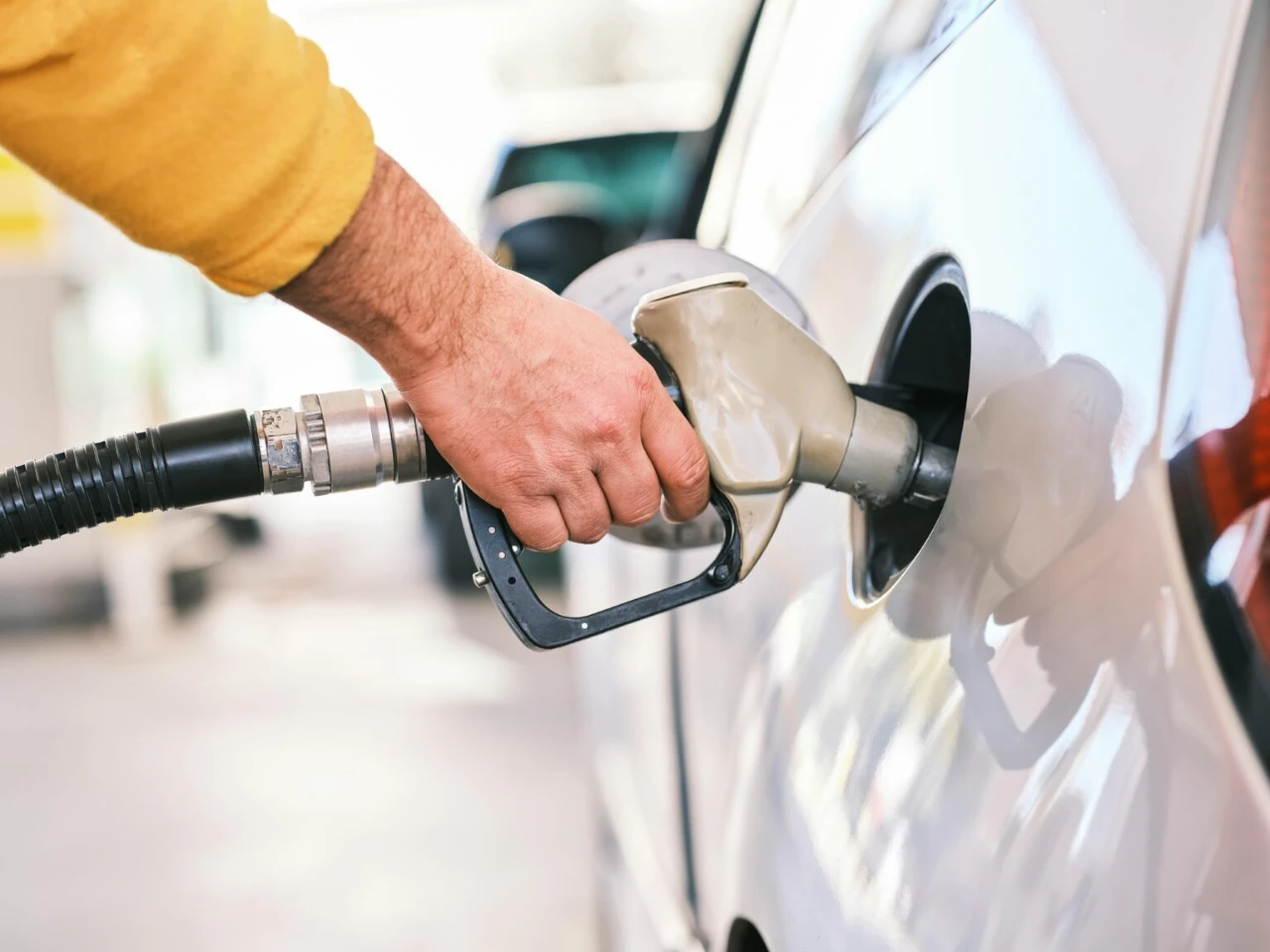Background
Gasoline is a critical commodity in modern economies, essential for transportation, logistics, and many everyday activities. Over the past few decades, fluctuating gasoline prices have had profound impacts on consumer behavior, industry dynamics, and broader economic patterns. This case study examines the long-term effects of rising gasoline prices, identifying who benefits, who is harmed, and the disproportionate impact on low-income households.
The Long-Run Effects of Rising Gasoline Prices
When gas prices go up over time, people tend to change their habits (Hubbard & O’Brien, 2020). They might start looking for more fuel-efficient cars or use public transport to cut down on fuel costs. This shift in behavior can also push the development of alternative energy sources, like electric vehicles (EVs).
Companies that focus on these alternative energy sources, such as EV manufacturers, stand to benefit the most from rising gas prices. Additionally, governments can generate more revenue from higher gasoline taxes, which they can use to fund public services or infrastructure projects. However, everyone ends up paying more, especially those who rely on gasoline and have fewer alternatives.
For low-income households, the impact is even tougher. Since they spend a bigger portion of their income on necessities like gasoline, they feel the price hike more acutely. Unlike wealthier households, they might not have the means to switch to more fuel-efficient options, leaving them more vulnerable to these rising costs.
References
Hubbard, G., & O’Brien, A. P. (2020). Economics (8th ed.). Pearson Education (US).




